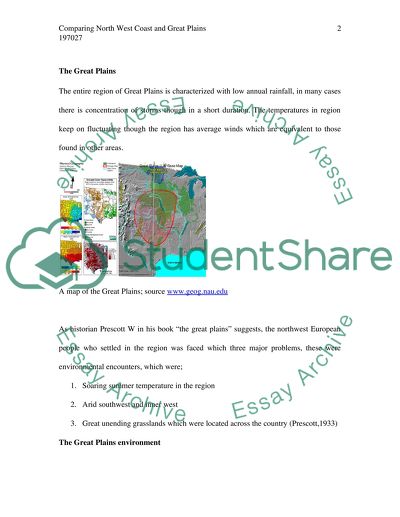Cite this document
(“Comparing NorthWest Cost and Great Plains( about Archaeology) Essay”, n.d.)
Comparing NorthWest Cost and Great Plains( about Archaeology) Essay. Retrieved from https://studentshare.org/miscellaneous/1516708-comparing-northwest-cost-and-great-plains-about-archaeology
Comparing NorthWest Cost and Great Plains( about Archaeology) Essay. Retrieved from https://studentshare.org/miscellaneous/1516708-comparing-northwest-cost-and-great-plains-about-archaeology
(Comparing NorthWest Cost and Great Plains( about Archaeology) Essay)
Comparing NorthWest Cost and Great Plains( about Archaeology) Essay. https://studentshare.org/miscellaneous/1516708-comparing-northwest-cost-and-great-plains-about-archaeology.
Comparing NorthWest Cost and Great Plains( about Archaeology) Essay. https://studentshare.org/miscellaneous/1516708-comparing-northwest-cost-and-great-plains-about-archaeology.
“Comparing NorthWest Cost and Great Plains( about Archaeology) Essay”, n.d. https://studentshare.org/miscellaneous/1516708-comparing-northwest-cost-and-great-plains-about-archaeology.


